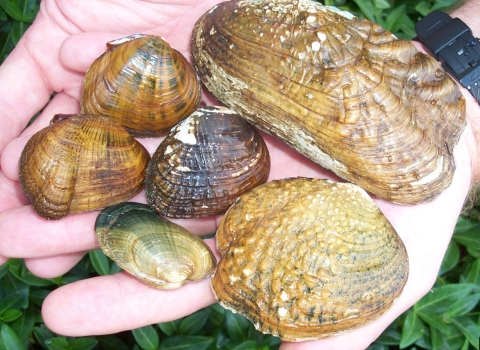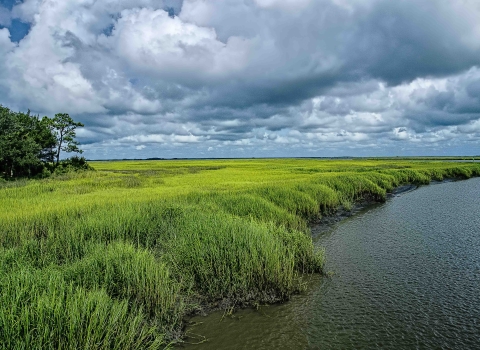WASHINGTON — Today, the U.S. Fish and Wildlife Service announced a $5.1 million investment from President Biden’s Inflation Reduction Act for endangered species recovery implementation efforts for four focal species groups: Hawaiian and Pacific Island plants, pollinators (butterflies and moths), freshwater mussels, and southwest desert fish.
The Inflation Reduction Act is enabling the Department of the Interior to play a leading role in the transition to a clean energy economy, advancing key habitat restoration, land resilience and water projects and securing environmental justice for historically disadvantaged communities. Guided by a recently released restoration and resilience framework, the Department is implementing an overall $2 billion investment from the Investing in America agenda to restore lands and waters and advance climate resilience.
The projects announced today are the first from the $62.5 million for recovery implementation provided through the Inflation Reduction Act, which provided a total of $125 million for recovery planning and implementation. Recovery implementation actions supported by this funding include 36 projects that benefit more than 580 species listed under the Endangered Species Act (ESA).
“This infusion of Inflation Reduction Act funding will allow the Service to achieve impactful conservation for listed species that have been historically underfunded,” said Service Director Martha Williams. “By undertaking strategic, prioritized recovery implementation actions for Hawaiian and Pacific Island plants, butterflies, moths, freshwater mussels, and southwest desert fish, we are moving hundreds of endangered and threatened species closer to recovery.”
The Service uses the best available science to develop recovery plans, which include scientific information and provide recovery criteria and implementation actions necessary to delist or downlist threatened or endangered species. The Service actively engages with Tribes, federal agencies, state and local governments, conservation organizations, communities and private citizens on recovery under the ESA to help inform ideas and innovative ways to conserve and restore imperiled species and carry out on-the-ground recovery implementation actions.
For more information on these species and to learn more about the Service’s Inflation Reduction Act-related efforts, visit the U.S. Fish and Wildlife Service’s Inflation Reduction Act website.
The announcement comes as the Service celebrates the 50th anniversary of the ESA and its importance in preventing imperiled species’ extinction, promoting the recovery of wildlife, and conserving the habitats upon which they depend. Throughout the last 50 years, the ESA has been extraordinarily effective at preventing species from going extinct and has inspired action to conserve at-risk species and their habitat before they need to be listed as threatened or endangered. Thanks to the ESA, almost every single species that has been protected by the ESA is still with us today, and more than 100 species of plants and animals have been delisted due to recovery or downlisted from endangered to threatened.
When species are listed as endangered or threatened under the ESA, protective measures apply, encouraging innovation and collaboration that can prevent the irreparable loss of iconic American wildlife great and small and critical habitat for generations to come. These measures include protection from harmful impacts of federal activities, authority for the Service to develop and carry out recovery plans, and authority for the Service to conserve important habitat for the species. To learn more about the Endangered Species program, please visit the U.S. Fish and Wildlife Service’s Endangered Species webpage.
-FWS-
The U.S. Fish and Wildlife Service works with others to conserve, protect and enhance fish, wildlife, plants and their habitats for the continuing benefit of the American people. For more information, visit www.fws.gov and connect with us on social media: Facebook, Instagram, Twitter, LinkedIn, Flickr and YouTube.




